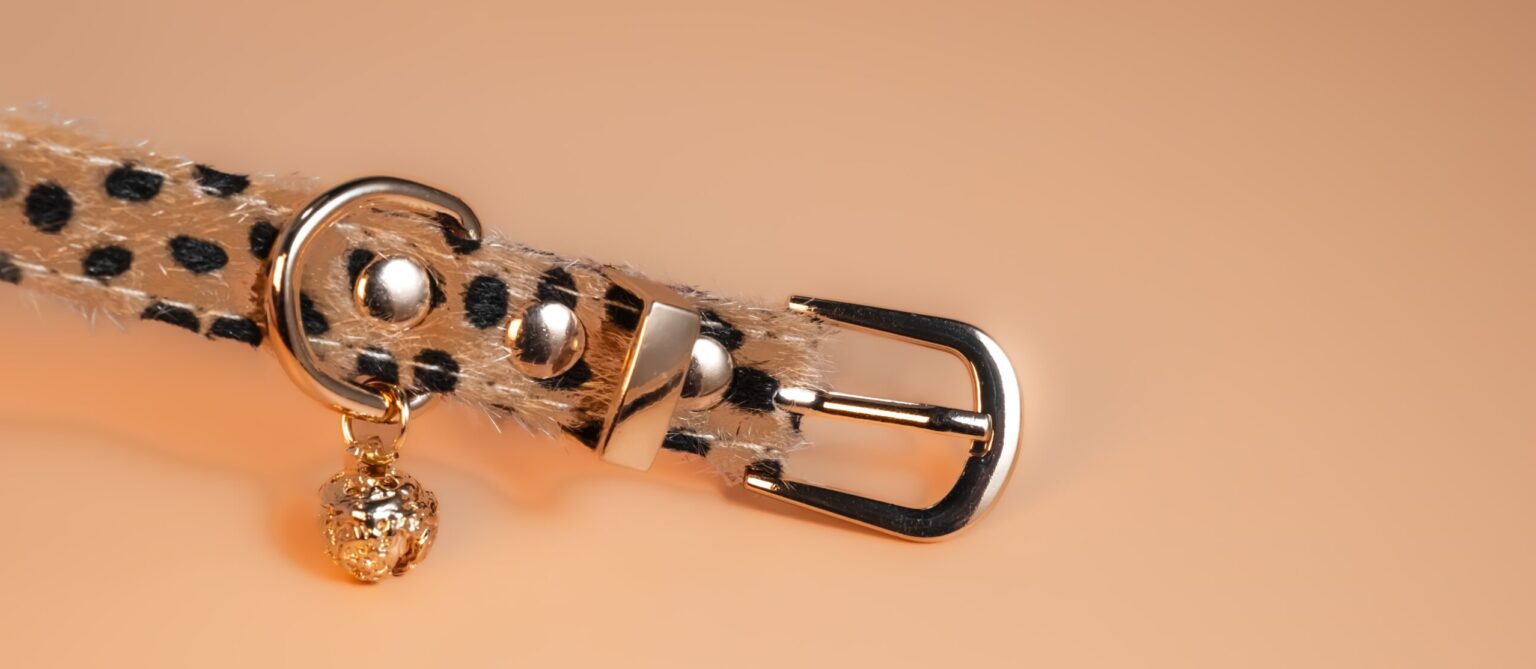
09 Dec The Prejudice Against Nipple Clamps: From Restraint to Liberation
Nipple clamps, those seemingly small and discreet objects, often carry heavy layers of prejudice and misunderstanding across various cultures. While they are sometimes associated with gender, allure, or fashion, if we let go of our preconceived notions, we find that the story of nipple clamps is much more complex and profound than it appears. In fact, nipple clamps are not only a misunderstood cultural symbol but also a mirror reflecting our perceptions of the body, gender, power, and freedom.
Nipple Clamps: A Dual Symbol of Seduction and Restraint
In the eyes of many, nipple clamps are almost synonymous with sensuality, intimately linked to the idea of “temptation.” This association is deeply embedded in popular culture: from early 20th-century retro styles to modern “kink” accessories, the image of nipple clamps is often tied to desire, playfulness, or even frivolity. As a result, those who wear nipple clamps are often labeled as “overly sexualized,” sometimes even seen as challenging traditional female roles. Put simply, they become a symbol of the “non-mainstream” woman: confident, independent, and unapologetically outside the bounds of traditional beauty standards.
However, when we view nipple clamps from a historical perspective, their story is no longer solely about seduction, but rather about aesthetics, fashion, and cultural heritage. Did you know? In 18th-century Europe, women wore nipple clamps (or corsets) not to display sexuality, but in pursuit of the “perfect figure”? At the time, the breasts were seen as a symbol of feminine grace, and nipple clamps, along with tight corsets, became a mark of social status, taste, and identity. In this sense, nipple clamps were tools of “restraint” that, through this very restraint, created a form of feminine beauty and strength.
Nipple Clamps and the Struggle Over Gender
Yet in contemporary society, the image of nipple clamps is still often tainted by gendered prejudice. Many people mistakenly assume that those who wear nipple clamps do so to please men or that they are unconsciously objectifying themselves. Such views not only reflect gender stereotypes but also reveal society’s desire to control women’s bodies. The truth is, nipple clamps are not exclusively “feminine.” They can be worn by anyone who seeks body expression and freedom. Whether for better-fitting clothing, personal expression, or gender exploration, nipple clamps are ultimately a matter of personal choice.
In a broader cultural context, nipple clamps can be seen as a deconstruction of traditional gender roles. They challenge our rigid definitions of the female body—not just as something to please others or conform to external approval but as a tool for self-expression and empowerment. For instance, among some transgender and non-binary communities, nipple clamps are not just fashion accessories, but symbols of bodily recognition. They help these individuals communicate their inner self-perception through external adornment, breaking free from traditional gender constraints.
Nipple Clamps: Aesthetic Self-Liberation
As time progresses, nipple clamps have increasingly shed their traditional gender limitations and become a medium for artistic and fashion expression. Today, more and more designers and artists incorporate nipple clamps into their works, imbuing them with a wider range of meanings. No longer just “sexual” or “sexy” objects, nipple clamps are being reinterpreted as tools of personal expression and style. From fashion shows to art galleries, from street trends to stage performances, the image of the nipple clamp is becoming more diverse, dismantling its former one-dimensional identity.
More importantly, nipple clamps symbolize a form of bodily autonomy and liberation. When we see someone confidently wearing a nipple clamp, unbound by traditional aesthetic frameworks, we should recognize that this is not just an accessory—it’s an embodiment of attitude. In an era where individuality is celebrated and multiple forms of expression are encouraged, nipple clamps remind us that the body is no longer a site for judgment by others but a canvas for personal expression.
Breaking Prejudice, Embracing Freedom
In the future, the significance of nipple clamps may continue to evolve. From restraint to liberation, they are increasingly becoming symbols that transcend gender, culture, and fashion. We no longer need to associate nipple clamps with gendered prejudice, nor should we confine them to a narrow definition of “sexuality.” Nipple clamps, like all body adornments, belong to the wearer. Their meaning should be defined by individual choice and inner identity, not by labels imposed by others.
Ultimately, the removal of prejudice toward nipple clamps is not just about understanding a specific object, but about acknowledging and respecting each person’s autonomy over their body and the freedom to express themselves. After all, true freedom is not about abandoning all rules, but about having the ability to choose one’s own lifestyle without judgment—whether that involves wearing nipple clamps or choosing any other personal accessory.



No Comments